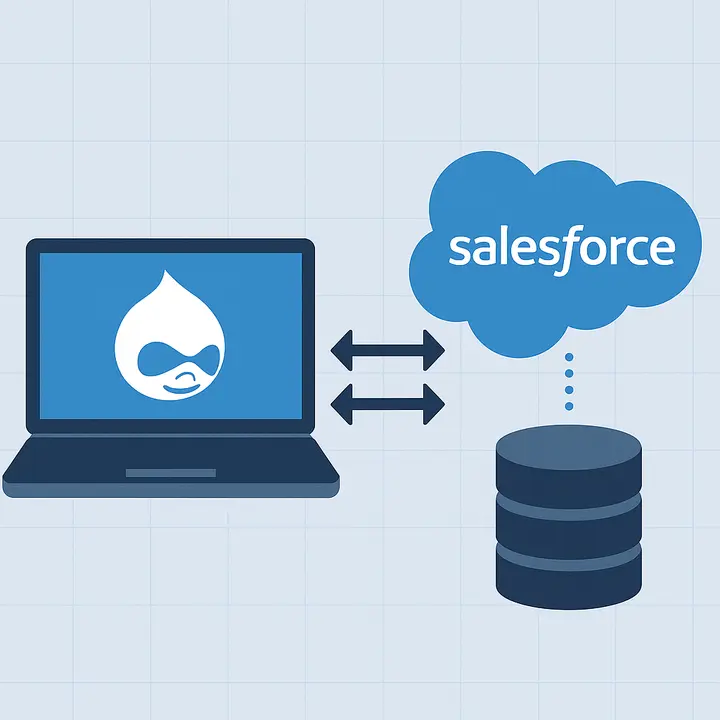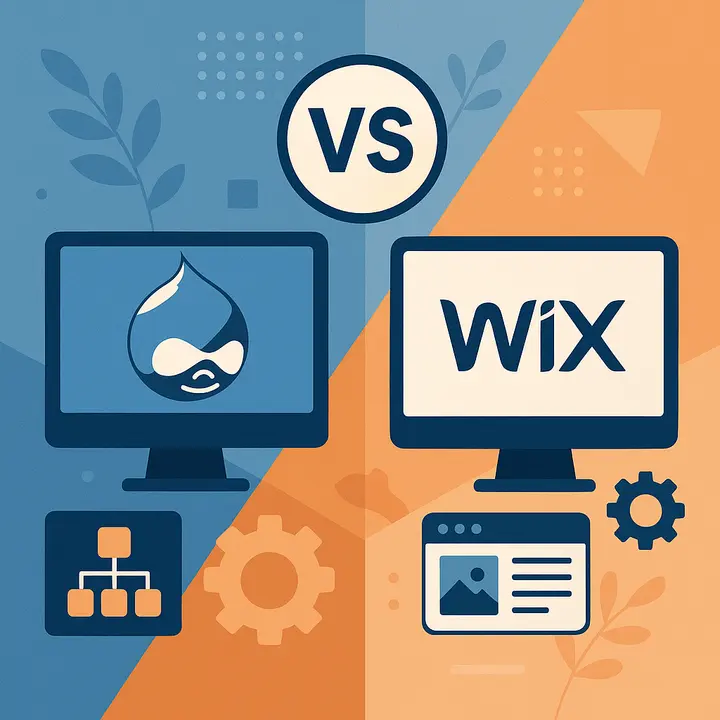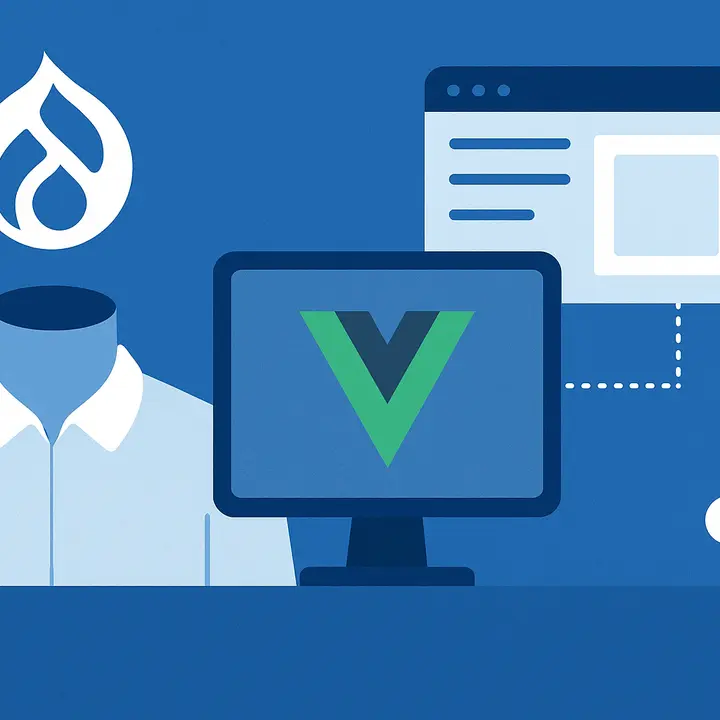Battle of the developers: Which one does your business need?
Here’s where it gets interesting - who should you hire? Let’s compare them based on different business needs.
Factor | Front-End & Back-End Team | Full-Stack Developer |
Best For | Large, complex projects with separate teams | Startups, MVPs, and fast-growing projects |
Scalability | More scalable: allows deep specialization | Less scalable: one person can only do so much |
Speed of Development | Slower: requires team collaboration | Faster for small projects, slower for large ones |
Cost | Higher due to multiple salaries | Lower since you hire one person instead of two |
Expertise Level | High: specialists in their domain | Moderate: jack-of-all-trades but may lack deep expertise in certain areas |
When to choose what? A guide to hiring web developers
🏢 Enterprise-Level Business? Go for Specialized Developers
- If you’re building a large platform (like an online banking system), you need the best of both worlds.
- A dedicated front-end team ensures your app looks beautiful and feels intuitive.
- A back-end team makes sure the system is secure, scalable, and doesn’t collapse under high traffic.
Example: Think of Amazon. Their website is too massive for one person to handle both front and back ends efficiently.
🚀 Startup or MVP? A Full-Stack Developer is Your Best Bet
- If you need to launch a working product fast, a full-stack developer can build an entire app solo.
- They can prototype, iterate quickly, and keep costs low until you’re ready to scale.
Example: Airbnb started with a small team of full-stack developers who built the first version of the site before expanding their team.
📱 Mobile App with Web Integration? You Might Need Both
- If your business revolves around a mobile app with a web dashboard (like Uber), a hybrid approach works best.
- A full-stack developer can manage the early-stage development, but you’ll eventually need front-end and back-end specialists for advanced features.
Example: Instagram. Their app experience is front-end heavy, while the back-end handles millions of images uploaded every second.
Final thoughts: Balance is key
There’s no one-size-fits-all answer when hiring developers. If you’re a fast-moving startup, a full-stack developer is a great starting point. If you’re a large enterprise, investing in separate front-end and back-end developers ensures long-term scalability and expertise.
Still confused?
If you need a reality check, ask yourself:
✔️ Do I need to launch something ASAP? → Full-stack
✔️ Am I building something complex that requires scalability? → Front-end & back-end specialists
✔️ Is budget a constraint? → Full-stack (initially), then expand the team
In the end, whether you choose a team of specialists or a jack-of-all-trades, the key is ensuring they align with your business goals. Because at the end of the day, a great website isn’t just about the code. It’s about how well it serves your customers and grows your business.





